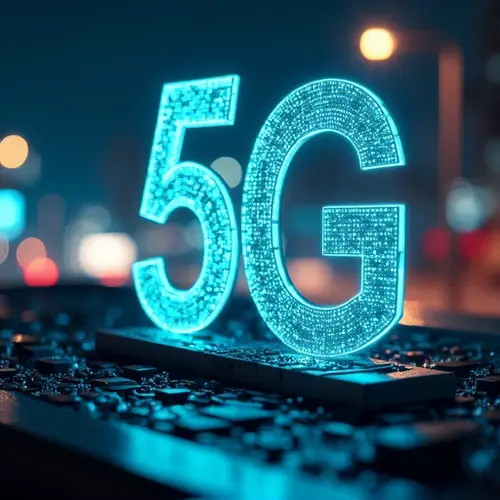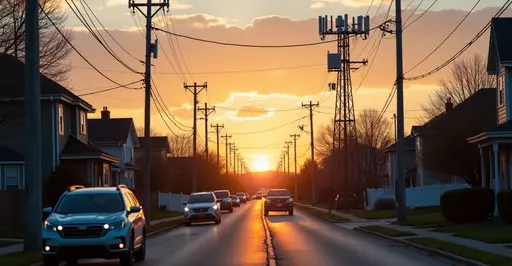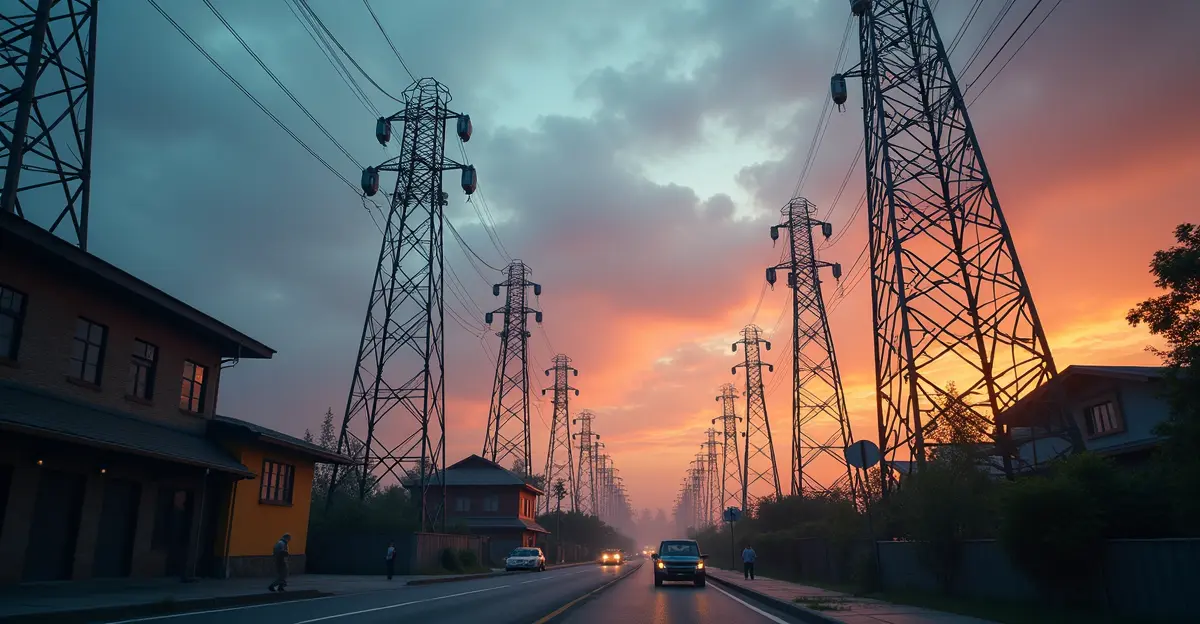In 2025, 5G rollout accelerates but faces health, aesthetic, and zoning pushback. Studies link proximity to towers with lower property values and potential health risks, prompting cities to adopt setback rules and stealth designs to balance progress with community concerns.

Progress and Pushback
By 2025, the United States has seen a surge in 5G small‑cell deployments, with major carriers claiming a 60% increase in coverage compared to 2023. Yet the pace of rollout is met with growing resistance from residents, city councils, and environmental groups. According to a 2024 Pew Research survey cited in a 2025 deadzones.com article, 37% of Americans express concern about 5G health impacts, and 61% distrust local governments to notify them about new tower installations.
Deployment Pace
Telecom operators rely on the FCC’s 2018 Small Cell Order, which mandates that permits be approved within 60 days. This streamlined process has enabled carriers to place dozens of antennas in commercial districts and near residential zones each quarter. However, the rapid deployment often bypasses the public notice period that many communities expect for infrastructure projects.
Community Concerns
Residents cite a range of issues: potential property‑value declines, aesthetic disruption, and the lack of meaningful community input. A University of Colorado study found that homes within 500 feet of 5G poles sold for 2–7% less and stayed on the market 13% longer. These findings echo the sentiment expressed by a community activist in a 2025 Airwave Advisors blog, who noted that “the pushback stems from multiple concerns including health and safety risks from radiofrequency exposure.”
Health Debate
Scientific Findings
Recent research has intensified the debate over 5G’s safety. A Swiss study on RF‑EMF exposure in microenvironments revealed that 5G networks, especially in the 3.5 GHz band, can create localized “hotspots” with exposure levels up to 37.50 mW/m² during data‑intensive tasks. The study linked these levels to oxidative stress, DNA damage, and cellular stress responses. In a 2025 article on Home Health Wellness, researcher Martin Pall warned that “the evidence for serious health implications remains a matter of ongoing scientific debate.”
Regulatory Landscape
Globally, regulatory approaches vary. Switzerland maintains strict radiation standards, while the U.S. follows a “deploy first” strategy, focusing on network performance over incremental safety testing. The Telecommunications Act of 1996 limits local authority to reject towers based on health concerns, creating legal tensions between federal mandates and local zoning powers. This federal preemption has prompted cities to adopt alternative measures such as setback rules, height restrictions, and “stealth” antenna designs to mitigate visual impact.
Aesthetic and Zoning Challenges
Design Solutions
Telecom providers are experimenting with design innovations to address aesthetic concerns. “Stealth” antennas, which blend into existing structures, and the use of existing utility poles reduce the visual footprint. Some carriers have also partnered with architects to create “green” towers that incorporate vegetation and artistic facades. These approaches aim to preserve neighborhood character while meeting coverage goals.
Local Ordinances
Municipalities are stepping up their regulatory responses. Mill Valley, CA, for example, enacted an emergency ban on 5G in residential zones, citing health and aesthetic reasons. Other cities require a minimum setback of 30 feet from homes and schools, and some have introduced zoning overlays that restrict tower placement in historic districts. While federal law restricts health‑based denials, it allows cities to set limits on height and design, giving local governments a tool to balance technological progress with community values.
Looking Ahead
As 2025 progresses, the 5G rollout will likely continue to face a complex mix of technical, health, and community challenges. Telecom operators must engage communities early, increase transparency, and incorporate local feedback into project planning. Meanwhile, policymakers will need to refine the balance between federal deployment mandates and local zoning authority to ensure that the promise of 5G does not come at the expense of public trust and neighborhood integrity.

 English
English
 Nederlands
Nederlands
 Deutsch
Deutsch
 Français
Français
 Español
Español
 Português
Português









